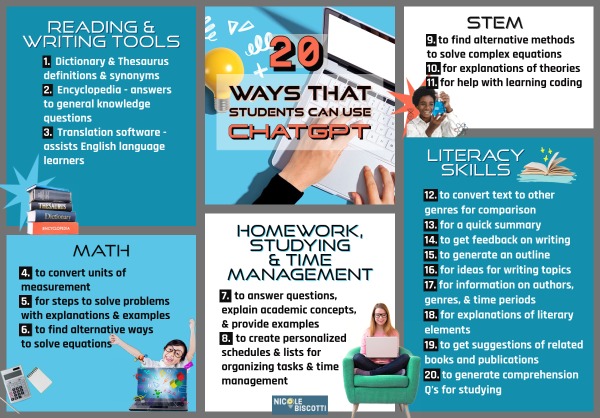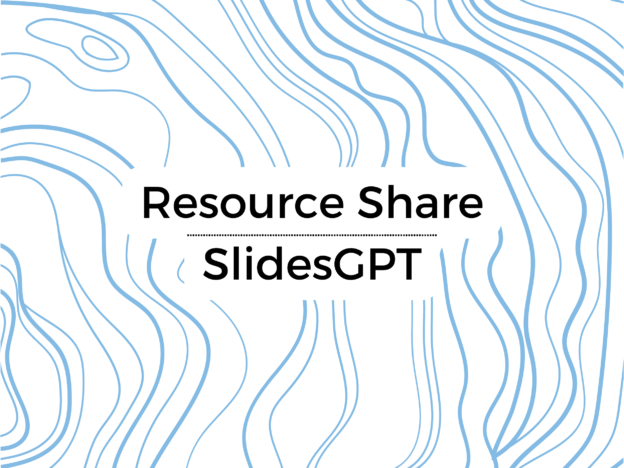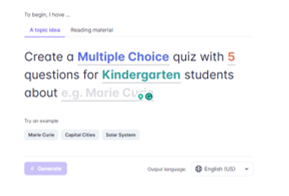Artificial Intelligence is building an impressive track record of offering learners with ADHD multiple layers of personalized assistance. Differentiation tools and strategies will continue to play a large role in education as student populations become more diverse and students with special needs are increasingly placed in general education classes. According to aChatGTP Offers Multiple Layers of Support to Students With ADHDChatGTP Offers Multiple Layers of Support to Students With ADHD survey that I did, personalized learning is also the area of education that teachers believe will continue to be the most impacted by AI.
AI algorithms analyze students’ learning styles, strengths, and weaknesses to create tailored learning plans that are differentiated by content, pacing, and rigor. Robots are improving social skills via storytelling directly affecting childrens’ cognitive performance, watches with sensors provide reminders for students to focus, software provides immediate feedback and develops personalized, engaging, lessons, and much more.
Each student with ADHD is unique and has different support needs; but a common theme is tasks related to executive function such as organization, structure, and focus. The accessibility of ChatGPT means that students have the independence and agency to access support at any time and from any place. Students can ask ChatGPT to create a study schedule for them within their personal time constraints, create a list of suggested tasks to complete a project or assignment, provide ways to effectively study and manage time and much more.
Students can also independently access commonly used scaffolding supports through ChatGTP such as visual aids, a summary of main concepts, comprehension questions, examples, the text restated differently, outlines, the text translated, steps to a process (with explanations), etc. When students with ADHD are taught to use AI as a support, far from “cheating”, they are accessing metacognitive learning strategies. The process of developing the awareness needed to identify the type of support a learner needs coupled with access to that support is one of growth and empowerment as students embrace the technology that will shape the workplace they will enter.
Younger students require a significant amount of guidance and instruction on the effective use of ChatGPT. These skills have to be explicitly taught but the investment definitely pays off as they are integral to students owning their learning and becoming self advocates. It should also be noted that for students under the age of eighteen, parents and educators should use ChatGTP together since it is not currently authorized for minors due to legal and privacy concerns.
Reading can easily become a landmine of distractions for the ADHD learner because of the sustained effort and focus required. Without going into the possible distractions that a student might experience from finding the text boring, a mismatch of rigor, or possible difficulties with reading, the assignment itself can present considerable distractions. When students are not able to understand a text, reading it over and over again can be overwhelming. Multi-step problems, word problems, and using formulas in Math present similar challenges for students in terms of maintaining focus and becoming overwhelmed. Students can easily find themselves in a negative cycle that ends in frustration and not completing their assignments.
Enter ChatGTP which can function as a personal tutor of sorts. Students can type in specific questions or enter blocks of text and ask for a summary. They can also request a specific formula or multi-step operation with examples. ChatGTP’s interface is easier to use than a search engine since it is designed to be conversational in tone. It also provides an answer rather than a wide variety of results (some irrelevant) that are essentially just more information to sort through. ChatGTP can summarize difficult concepts or answer specific questions, provide steps for problem solving, and quickly defines terms within seconds.
People with ADHD are brilliant, fast thinkers and many have trouble organizing their thoughts into linear language since they’re not linear thinkers. Their minds shift from different topics quickly and then at times they can hyperfocus in one area. While this way of thinking can facilitate forming connections that others miss, it can be difficult to communicate their ideas to others. The planning and organizing aspects of writing, as well as gathering research for longer pieces rely heavily on strong executive functioning skills which is an area of weakness for students with ADHD. ChatGPT offers assistance with creating outlines and templates, enhancing the style of writing, grammar, answers to specific questions, as well as a dictionary and thesaurus. This doesn’t mean that ChatGTP will do all of a person with ADHD’s thinking, researching, or writing for them; it means that ChatGTP can provide the executive functioning support that neurodiverse people need to be able to publish their ideas in written form.
It’s important to understand that AI is a resource, a prompt, an organizer, a tool, not a think tank or a fount of innovation. Humans still reign as the planet’s visionaries, those with ADHD being some of the most brilliant and creative among them. The support that AI offers students who have ADHD can reduce or even remove some of what is standing in the way of kids with ADHD from communicating their thoughts and being successful academically. What more could geniuses with ADHD such as Einstein, Leonardo da Vinci, and others have accomplished with AI by their side?
Nicole Biscotti is a Momvocate, Educator, & Author whose focus is on the future of school as being informed by relevancy and the needs of our currently marginalized, under-supported learners. We have a lot to learn if we listen!
Nicole wrote I Can Learn When I’m Moving: Going to School With ADHD http://bit.ly/icanlearnwhenimove with her 9 year old son from the unique perspectives of a child and a mother who is also a teacher. She has seen both personally and professionally how children struggle to be understood and how adults are often at a loss with how to handle the difficult behaviors associated with ADHD. She empowers parents and teachers to provide game changing support for children with ADHD in school through sharing her and her son’s story, along with researched-based strategies.
Nicole has also translated books into Spanish such as El Cuento del Perdón by Melody McAllister and Todos Pueden Aprender Matemáticas by Alice Aspinall. I Can Learn When I’m Moving: Going to School With ADHD is also coming soon en español.
Her next book, Invisible con ADHD: Real Voices, Real Policy for Latino Students is co-authored with Andrea Aguirre. They address the issues around the disproportionate lack of support that Latino children with ADHD are faced with. Through interviews with former students, educators in the United States and Mexico, and extensive research, they will offer educators a holistic view of the obstacles that currently stand in the way of protecting kids from poor outcomes as well as offering research based solutions.


